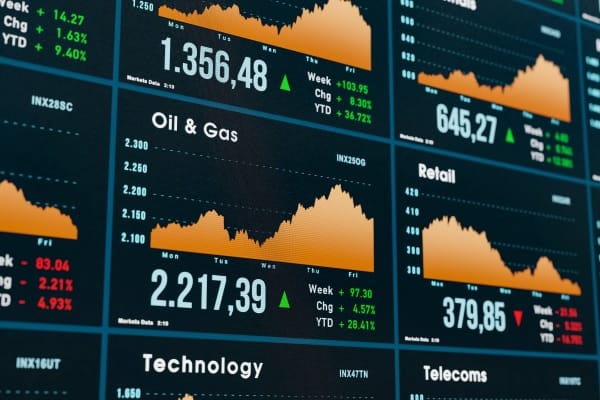Bussiness
Geopolitical and economic implications affecting the increase in crude oil – London Business News | Londonlovesbusiness.com

Oil prices saw a notable increase of more than 2%, reaching levels not observed in the past two months.
Brent crude closed in the $86.63 per barrel range, while West Texas Intermediate (WTI) reached around $83.13 per barrel.
This significant price rise is attributed to various factors, including seasonal demand and geopolitical tensions.
With the arrival of summer in the Northern Hemisphere, energy demand is expected to rise, coinciding with geopolitical uncertainty in the Middle East, where tensions between Israel and Hezbollah threaten to disrupt the global oil supply.
In addition to the tensions in the Middle East, the impending Hurricane Beryl, expected to impact oil-producing areas in Mexico, has contributed to volatility in energy markets.
Hurricanes have a history of causing significant disruptions in oil production and transportation, often leading to short-term price increases. Market operators are closely monitoring how Hurricane Beryl might affect the oil infrastructure in the Gulf of Mexico, a critical region for crude production.
The Organisation of the Petroleum Exporting Countries and its allies (OPEC+) also play a crucial role in the recent price increase.
These producers have decided to extend production cuts until 2025, suggesting a strategy to keep supply limited in an effort to support prices.
This decision to prolong production cuts underscores the producers’ concern about a potential supply deficit in the future, especially in a context where demand could increase.
In the broader economic context, the U.S. Manufacturing Purchasing Managers’ Index (PMI) showed a contraction, indicating a slowdown in manufacturing activity. This contraction could signal a possible decrease in inflation, which investors are closely watching. At the same time, the market is growing in anticipation of the Federal Reserve’s future moves on interest rates. Following rate hikes in 2022 and 2023 to combat inflation, investors are now looking for signs of potential cuts that could influence the economy and, consequently, the energy market.
In conclusion, the recent increase in oil prices results from a combination of seasonal, geopolitical, and economic factors. With the onset of summer, Middle Eastern tensions, and the threat of hurricanes in key production areas, energy markets are experiencing significant volatility.
The OPEC+ decision to extend production cuts until 2025 adds a layer of complexity, while U.S. economic indicators and Federal Reserve policies continue to be critical factors to watch. These developments highlight the global oil market’s inherently interconnected and dynamic nature.








